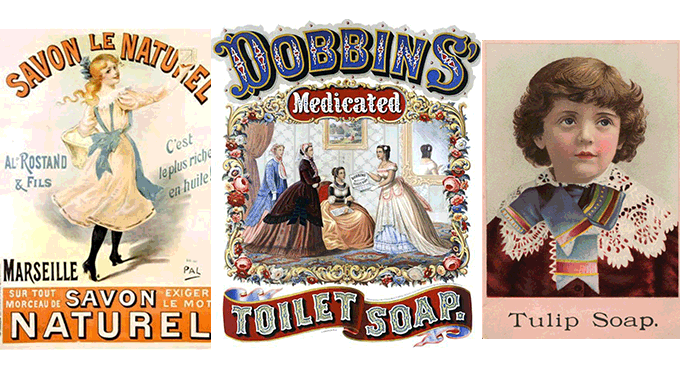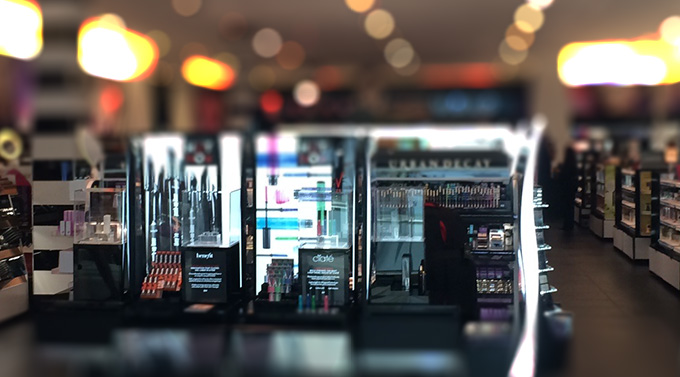
Every day, manufacturers around the globe lose millions of dollars to product damage. An incredibly large amount of material goes to waste, not only causing large economic losses, but also affecting our environment. So, what is causing product damage? And more importantly, how can it be reduced? Keep reading to find out!
Common reasons to product damage in production
In general, when it comes to the production process; that the larger the operation the higher the risk of product damage. The primary reason to product damage is misaligned machines and incorrectly adjusted machine equipment. When machines and equipment are not properly aligned and adjusted, the quality of the handling of product components such as bottles, caps or cartons, is lowered, putting them at risk of getting damaged as they are transported through the production line.
 One critical step of the production process is changeover. Changeover may include everything from changing only the label of a package to adjusting all components of a production line requiring a complete disassembly of the equipment. Sometimes, it is even necessary to change from one machine to another to accommodate the product. If a production line is not properly converted, the products may not be compliant to the quality requirements, but discarded as scrap.
One critical step of the production process is changeover. Changeover may include everything from changing only the label of a package to adjusting all components of a production line requiring a complete disassembly of the equipment. Sometimes, it is even necessary to change from one machine to another to accommodate the product. If a production line is not properly converted, the products may not be compliant to the quality requirements, but discarded as scrap.
Quality requirements for products and tolerances for product damage
 The quality requirements for products vary depending on the industry and manufacturer. In cosmetics, and especially in perfume production where products often have a high value and the package design is important, the tolerances for product damage are often very small. The tolerances are established by the product owner’s quality department and decide whether a product is allowed to be sold or not.
The quality requirements for products vary depending on the industry and manufacturer. In cosmetics, and especially in perfume production where products often have a high value and the package design is important, the tolerances for product damage are often very small. The tolerances are established by the product owner’s quality department and decide whether a product is allowed to be sold or not.
Non-compliant products may include damages such as fingerprints and scratches on caps and bottles, bad snapping or crimping of pumps, non-compliant cellophaning of cartons such as scratches on cellophane or bad sealing, non-compliant product tracking such as bad marking of batch number, or bad labeling.
The consequences of product damage hit the manufacturer as well as the end user
 To manufacturers, product damage means financial loss. When a product gets damaged the manufacturer needs to separate parts that can be reused, for example the liquid, from parts that must be discarded, for example the bottle. This is both time-consuming and impacts the production efficiency as well as the profitability for the manufacturer. When the production doesn’t reach set targets because of product damage, batches have to be rescheduled. This may involve late deliveries and not being able to meet customer demands. Worst case, it leads to unhappy customers, which in turn lead to brand damage and lost sales. Moreover, discarded scrap has a negative impact on the environment.
To manufacturers, product damage means financial loss. When a product gets damaged the manufacturer needs to separate parts that can be reused, for example the liquid, from parts that must be discarded, for example the bottle. This is both time-consuming and impacts the production efficiency as well as the profitability for the manufacturer. When the production doesn’t reach set targets because of product damage, batches have to be rescheduled. This may involve late deliveries and not being able to meet customer demands. Worst case, it leads to unhappy customers, which in turn lead to brand damage and lost sales. Moreover, discarded scrap has a negative impact on the environment.
Consequently, the manufacturer carries a big responsibility for running the production as smoothly as possible.
How to reduce product damage in production
Reducing product damage causes a positive domino effect that stretches all the way from the manufacturer and its customers to end users and the environment.
Automated production flow solutions maximize the accuracy of operations
Product damage can be reduced in different ways, but automation is key. Automation programming enables you to control repeated movement of machines. It maximizes the accuracy of operations. Sensor cells and vision systems are efficient tools to detect damages and non-compliant products.
Controlling equipment increase efficiency and reduce waste
It is essential to check and control every step of the operation to guarantee the quality compliance of products and the efficiency of the production line. The sooner an error is detected, the fewer damaged products. Investments in controlling equipment are essential to maximize the production efficiency. The integration of HMI allows operators to control production lines and detect and correct errors, preventing products from getting damaged. SMED solutions are excellent tools to minimize changeover time and reduce waste in the production processes.
Maintenance of machines and machine equipment is still important
Naturally, the more automated processes, the less need for maintenance. However, maintenance is still important. With preventive maintenance, it is possible to identify misalignment in time, before there is a breakdown. If production lines are kept in good working conditions, chances are higher that you will avoid breakdowns and the consequences that follow. In addition, operators should be informed and trained regularly.
How do you prevent product damage? To what extent is your production automated and what is the outcome? Please, let me know in the comments below! If you enjoyed reading this blog post, let me know by sharing it in social media!




Leave a Reply